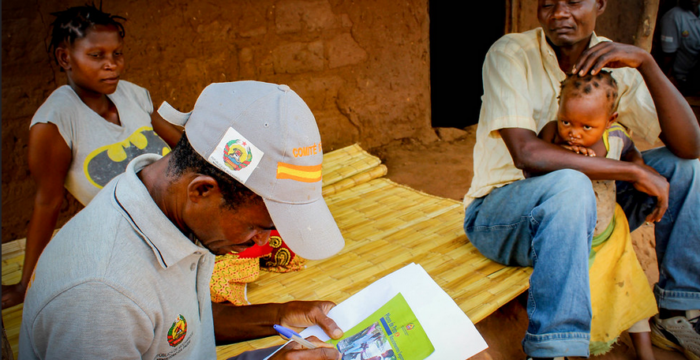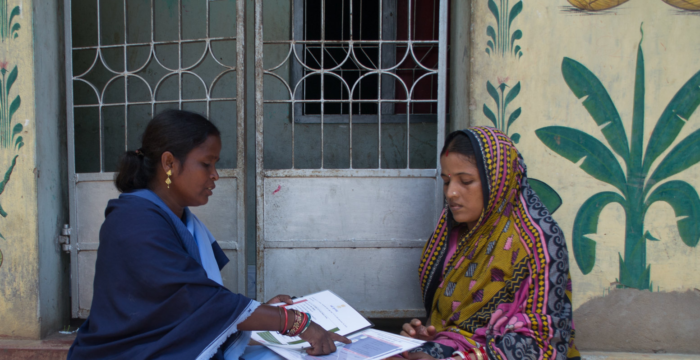This article evaluates whether a community engagement and service-strengthening intervention raise awareness of family planning and early pregnancy bleeding, and increased family planning and postabortion care use.

The information highlights Mozambique’s investment in providing PAC and FP services to women in need.
The information highlights Mozambique’s investment in providing PAC and FP services to women in need.

The information below highlights the Republic of Madagascar’s investment in providing PAC and FP services to women in need.

The information below highlights the Republic of India’s investment in providing PAC and FP services to women in need.
The PAC Global Resources Guide provides comprehensive, standardized scientifically accurate, and evidence-based information on postabortion care. It serves as a repository of basic instruments intended for policymakers and program planners who are designing or revising their current postabortion care program.
French instructions for navigating the Global Resource Package can be found here.
Are you a new user to the PAC Global Resource Package website? If so, watch this short video to acquaint yourself on the available resources and tools.

Rose Alinda lives in a slum in Nairobi, Kenya. She is one of many Kenyans who have come forward to give a face to HIV/AIDS. She has lived with the virus since August 2002, and now counsels others about the effectiveness of antiretroviral therapy (ART). Rose stands tall and confident, and is openly enthusiatic about life after starting ART. © 2006 PATH/Mike Wang, Courtesy of Photoshare>
